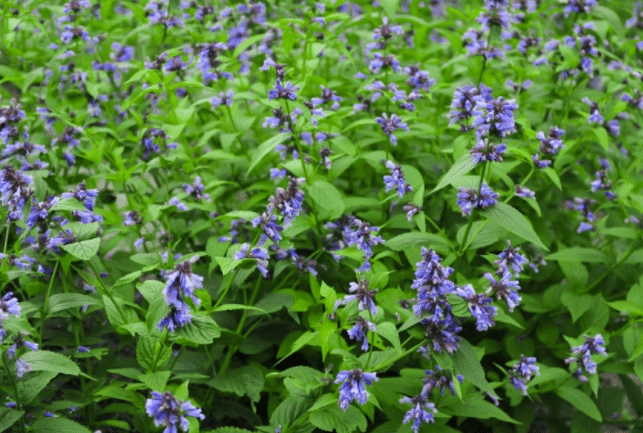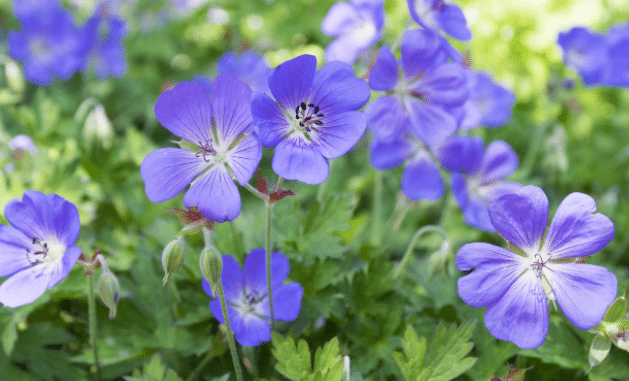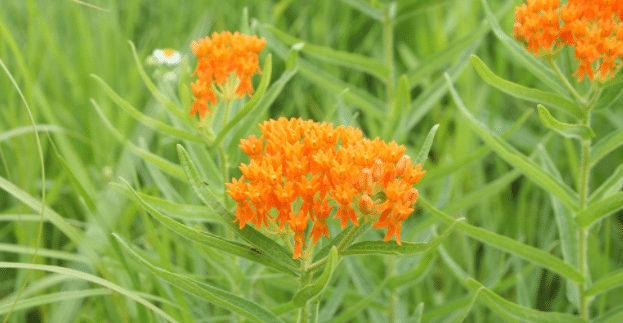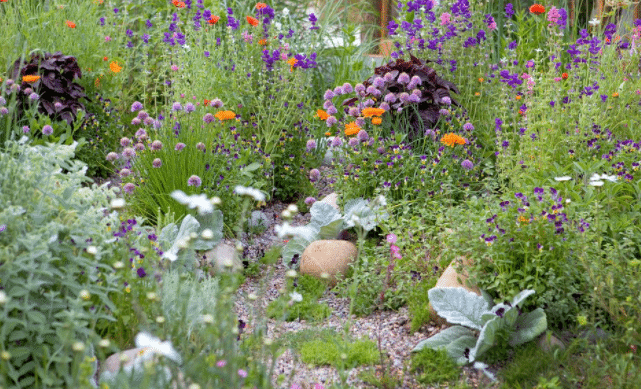It would be best if you chose a perennial depending on the size and also their needs. Once they survive the winter, they would quickly grow in the sunlight and enjoy the growing zone. This article discusses some essential standouts in perennials that will help you choose what is best for your garden.
Contents
Catmint

This plant requires minimal effort, and when they are grown, they look so beautiful. They bloom from midsummer to fall, and a quick shearing helps it to pop back. If you want to make your garden attractive, look for draw varieties like Persian blue or cat’s pajamas.
Tall Garden Phlox

This perennial plant draws butterflies and is a heightened plant, and it is a classic cottage garden flower. This plant bores a big cluster of pink and purple and sometimes white,
which stand hip-high. They bloom from midsummer to late summer. They love sunlight, so they will be way happier if you plant them someplace with the sun.
Hellebore

This is a great perennial if you want to keep the four-legged animals away, especially deer. The perennial grows in the early spring, and their bloom will attract the pollinating bees and butterflies into your garden. Its common name is Lenten rose, and they typically bloom around the Christian season of Lent. They are famous woodland plants, and they prefer loose and organic soil, and they can even tolerate dry weather. Their flowers are so beautiful, and they are available in single and double color flowers.
Cranesbill

When you grow these perennials, you don’t have to take much care of them, and they are low-maintenance plants as they require minimal watering. The fragrance of these perennial plants keeps deer and rabbits from entering your garden. They bloom for a long time and from early summer to fall, and they require partial sun and partial shade.
Butterfly Milkweed

As the name suggests, they are so beautiful, and they support pollinators. Their scientific name is asclepias tuberosa. They flourished in large quantities in North America. They are full of large clusters of bright orange flowers and knee-high clumps of green foliage. They grow primarily in the summer. They typically attract butterflies and monarchs, and also they are an essential source of food for bees. They like well-drained soil and day sun.
Oxeye Daisy

When it becomes mature, it becomes a broad canopy of golden yellow, and also it blossoms and attracts many butterflies and bees that pollinate; you can enjoy them during the midsummer till fall. The best thing about these plants is that they are best known to survive harsh situations, and also they can grow in heavy clay soil.
Old Fashioned Bleeding Heart

No garden will look complete without these superb spring flowers. They are large, puffy and their heart-shaped is superb. When you grow them in your garden, they will look beautiful, and they promise to give you good luck in the new year. They grow in rich and moist soil.
Intersectional Peony

They smell fantastic, and they have a sweet fragrance. When they first open, their buds look amazing, but at the same time, they can have few drawbacks like weak stems, and also, they have very little resistance to powdery mildew. Their flowers are of beautiful and fruity colors, and they stay healthy throughout all seasons.
Lavender

Lavender is one of the well-known perennial plants among them. They are known for their fragrance, and also their oils are in lotions and soaps. You will be surprised to know that these flowers are edible. They prefer summer, hot, and dry weather conditions; they grow great in well-drained soil.
Japanese Anemone

They come at the end of the summer and bloom till the first snow. The flowers are saucer-shaped, and in the center, there is a pollen-laden tuft, a welcoming food for pollinating butterflies and bees.
Brunnera

These are tiny dots of blue flowers which appear in the spring. Once they are first grown, then a trim can give them a new fresh look, and they can flush out a new set of comparatively large leaves which are fluffy. They have a sandpaper texture which helps to keep the deer and rabbits away. They attract bumblebees, and they bloom in early spring.
Anise Hyssop

They draw some more pollinators into your garden, and they grow in sun and well-drained soil. They produce flowers from mid-summer to early fall, and the ones who mostly enjoy their blooms are the hummingbirds and the butterflies.
Coneflower

They burst and bloom in early midsummer, and they are attractions to many butterflies and songbirds. They need fertile soil to grow, and when they bloom, they bloom in different colors than the original plant. You will also get to see varieties of colors like bright red, magenta, and tangerine in hybrid plants. They will look great in your blooming garden. The successful growth of this perennial plant depends on the soil.
Ornamental Onion

They are in the shape of blubbing. They will look fantastic alongside the daisies and other perennial plants. They grow from spring to summer. They form non-spreading buds of bright green, and they have rosy-purple shade flowers. The frequent visitors will be bees and butterflies. They will look great in your garden. This is an easy-to-grow plant, and also, they prefer to grow in well-drained soil. They might exceed two feet in height and also bear beautiful blub-like buds.
Bugleweed

This is one of the fastest-growing plants, and they mostly grow in moist and well-drained soil. They also like the sun but partly prefer to grow in the shade as well. Their flowers range from a variety of colors, such as purple, green, and white.
Growing Perennial

Perennial plants are the most attractive part of any follower garden. Most of the yearly plant growth is in the spring to fall season. This is because they are so easy to take care of and have varieties of colors. Most of them are also short-lived. One of the major factors which they depend on is the quality of the soil.
Conclusion
Perennial plants add more vibrancy and color to your garden. So choose whichever plant you like and decorate your garden in the best way possible. Watch how some of these colorful plants enhance your garden.